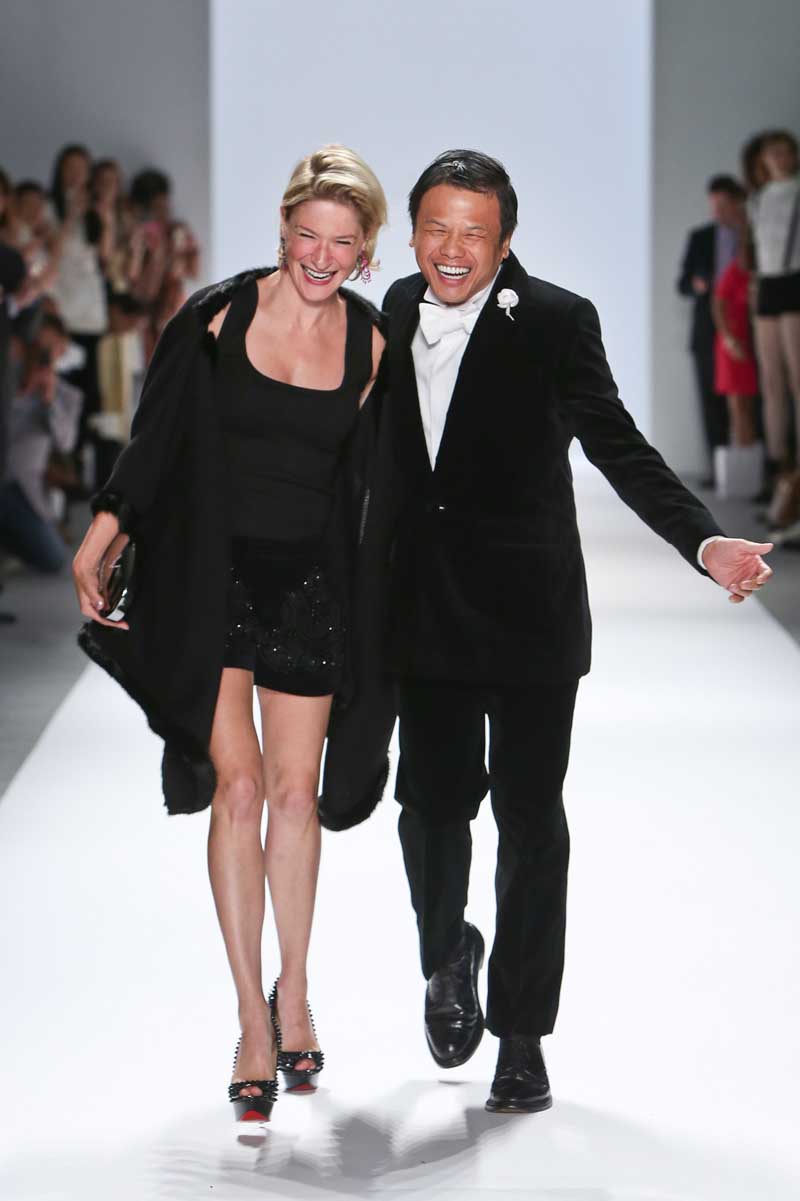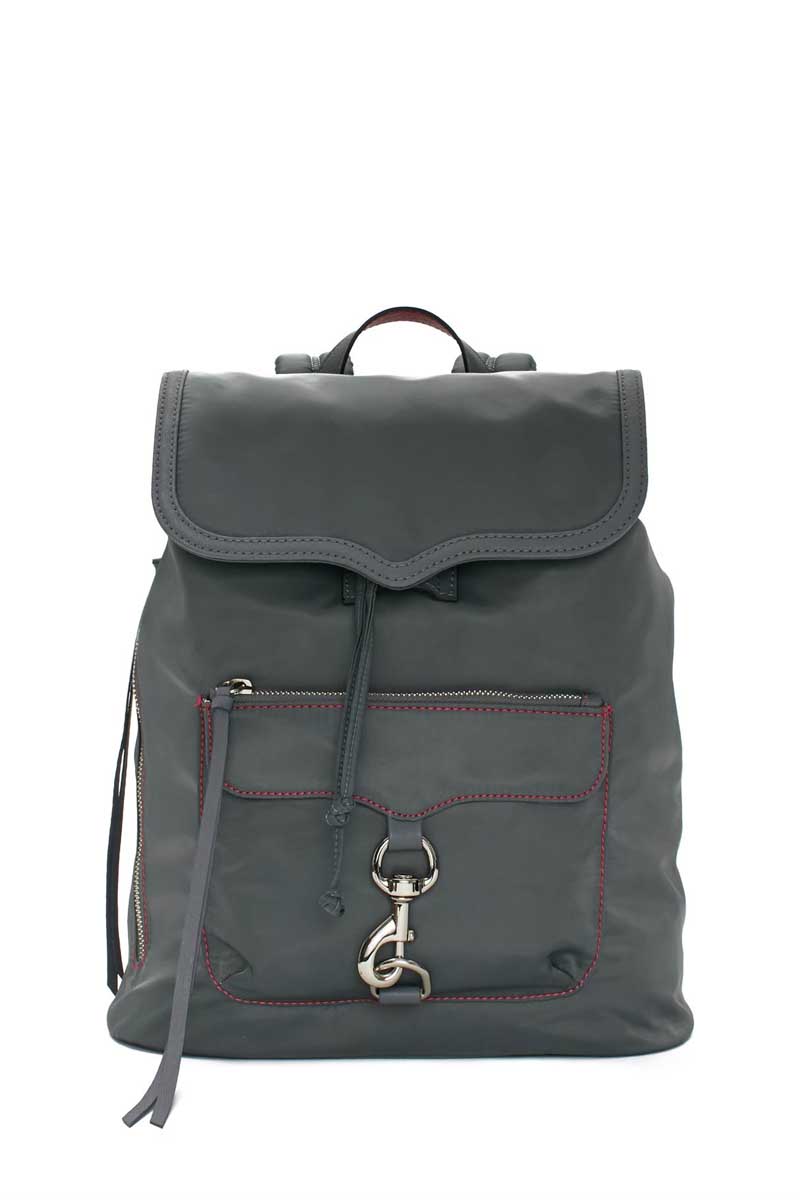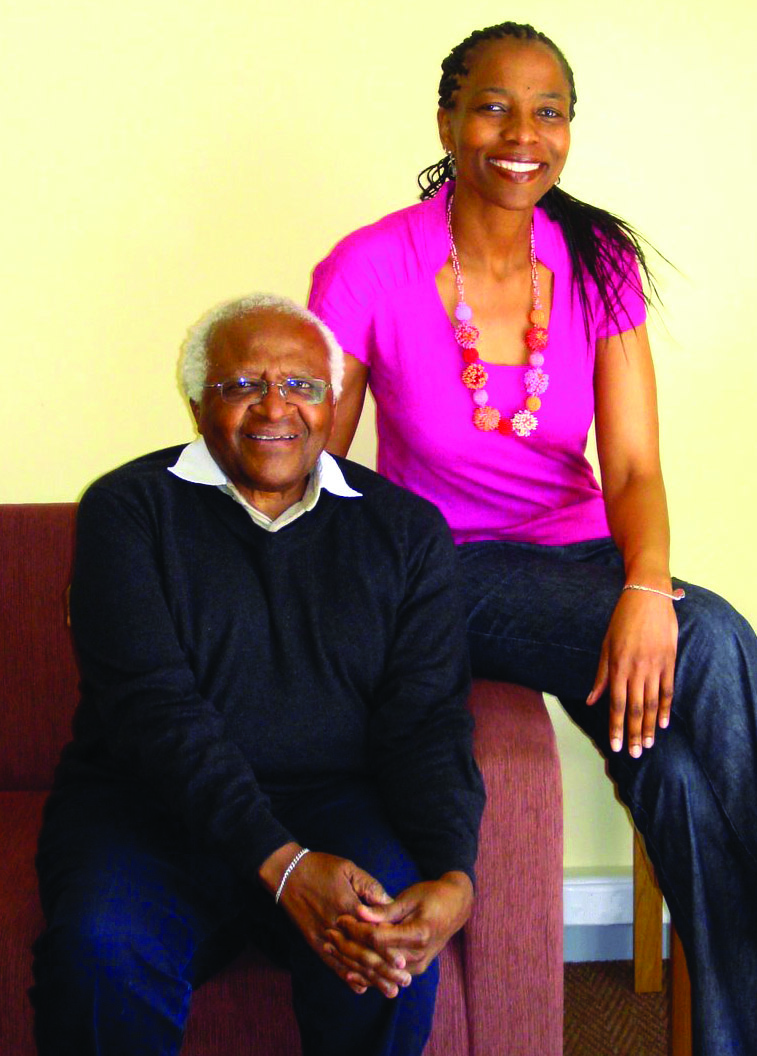
PARIS, Mar 3, 2009 / FW/ — One of the most influential designers of the current generation, Martin Margiela founded Maison Martin Margiela in 1988 following his studies at the Antwerp Academy and his work as an assistant to Jean-Paul Gaultier. The firm’s 20th anniversary is the reason for this exhibition.
Since Coco Chanel and Yves Saint Laurent, there has hardly been a fashion designer, who was similarly influential. Even colleagues appreciate Maison Martin Margiela’s importance.
As American designer Marc Jacobs, Creative Director of Louis Vuitton and his eponymous line explained to Women’s Wear Daily, “Everyone is influenced by Comme des Garçons and by Martin Margiela.”
Incognito
Maison Martin Margiela’s (MMM) approach differs in many ways from what is usual in the fashion trade. Rather than engaging in the personality cult like other fashion houses, MMM functions according to the principle of incognito: In order to focus the attention solely on ahe company’s products, Martin Margiela does not even appear in public at fashion shows and does not publish his portrait.
MMM gives interviews in the first person plural either by e-mail or fax. It is unusual and uncompromising to remain incognito in a field in which many fashion designers behave like stars whose personal appearances provide almost as much as an incentive to buy as their creations. At MMM it is not the designer who is in the spotlight but the product.
Normally a fashion house’s label guarantees the authenticity of its products. MMM’s label, however, contains no writing or logo; it is a simple white rectangle, sewn on with white thread and four corner stitches to the inside of the garment. In the figurative sense, one could say that MMM does not ’sign’ his products.
Even at defilés MMM guides the viewer’s attraction solely to the product. The presentation of new collections is not held in glamorous locations, but on the playing fields of football stadiums or in railway carriages and bars, where other members of the public are also present.
Today the faces of famous models such as Kate Moss constitute a kind of public property that has little right to privacy. MMM, in contrast, preserves and protects the identity of its models by means of long ponytail hairpieces, pantyhose veils or, in catalogues, with black bars behind which the models’ eyes remain invisible.
A pair of sunglasses from the 2008 spring/summer collection is shaped like such a bar and is tellingly named ‘Incognito’.
Nowadays MMM works with professional models. In the early days, however, models were chosen in street castings; charisma and personality were the decisive criteria rather than the common standard of beauty.
At MMM it is not the models that have the status of icons, but rather the tools of the tailors and dressmakers: scissors, clothes hangers, dressmaker’s dummies, shoe lasts and shoetrees.
The exhibition was created in collaboration with the MoMu and will be shown in Tokyo as part of the 6+ANTWERP FASHION exhibition.
6+ANTWERP FASHION
AT TOKYO OPERA CITY ART GALLERY
11 APRIL – 28 JUNE 2009




No Responses